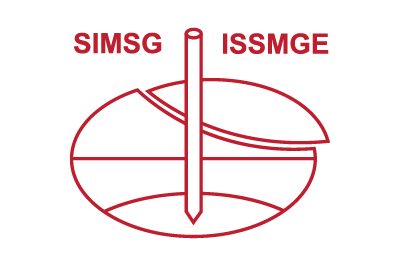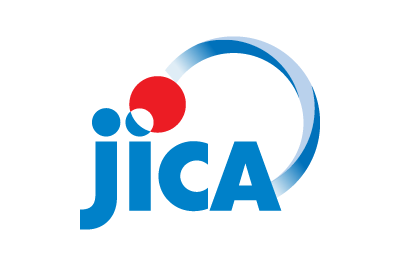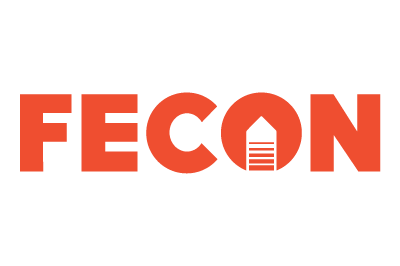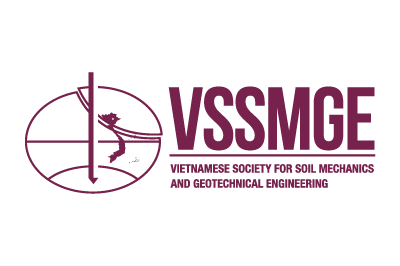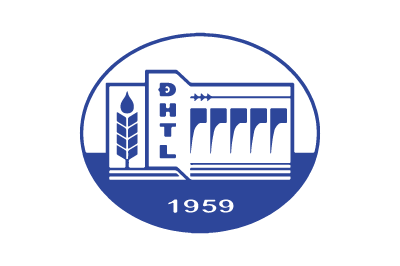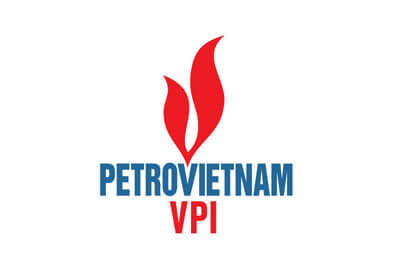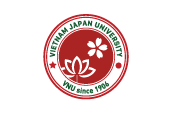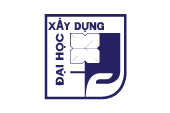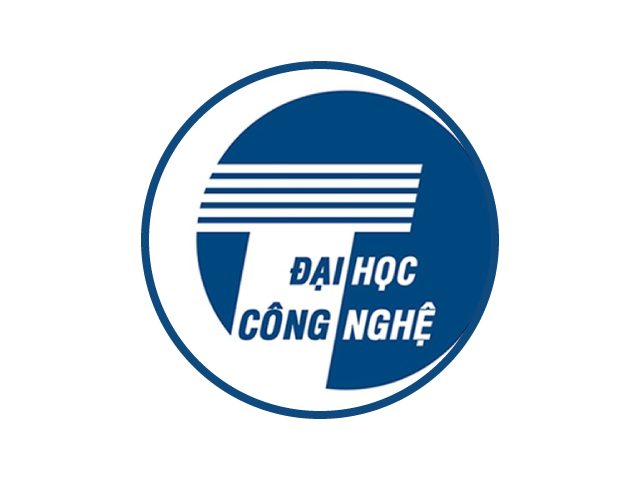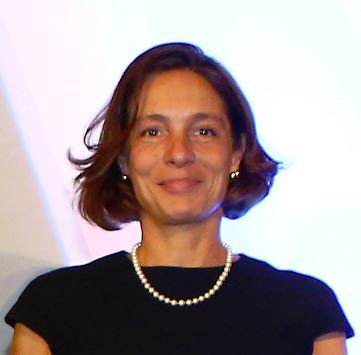
Prof. Giulia M.B. Viggiani
Chair of ISSMGE TC204
Biography
Giulia Viggiani is currently Professor of Infrastructure Geotechnics in the Geotechnical and Environmental Research Group of the Department of Engineering of Cambridge University. She has a Laurea in Civil Engineering from Università di Napoli Federico II and a PhD in Geotechnical Engineering from the City University in London. She has been Scientific Visitor at the Max Planck Institute for Mathematics in the Sciences, in Leipzig, MTS Visiting Professor of Geomechanics at the University of Minnesota, and Academic Visitor at Imperial College, working on the JLE-Link Project. In Cambridge, she is the Academic Lead of the UKCRIC National Research Facility for Infrastructure Sensing, and a Co-Investigator and member of the Executive Committee of the Cambridge Centre for Smart Infrastructure and Construction. Giulia has a strong involvement in the activities of the geotechnical international scientific community and she is currently chairing ISSMGE TC204 – Underground Construction in Soft Ground.
The main thrust of her research is on the applications of soil mechanics to geotechnical engineering, and has dealt mainly with underground construction, foundation engineering, and earthquake geotechnical engineering. She has been involved in many infrastructural projects in Italy and the UK, including, e.g., monitoring building response to construction of the Jubilee Line Extension in London, the design and construction of Lines 1 and 6 of Napoli underground and of Line C of Roma underground, and the design of the foundations, anchor blocks and terminal structures of the Strait of Messina Bridge.
She has carried out original research on tunnelling and construction processes, tunnelling-induced damage assessment and connected mitigation and remedial measures, and performance-based design of geotechnical structures under seismic actions, using a combination of field monitoring and laboratory observations, theoretical analyses, and physical and numerical modelling. Part of her research is also devoted to topics in fundamental soil mechanics, such as the mechanical behaviour of freezing ground and of granular materials with crushable grains. She has published forty-three journal papers, more than one hundred papers in international conferences and workshops, and five book chapters.
Urban tunnelling - the challenges of creating underground space in historic cities
Urban transport infrastructure provide essential services on which people and society depend. Particularly in historic cities, the construction or integration of underground transport infrastructure needs to address the issues of sustainable and resilient transport and take care of the interactions with the existing built environment. Contracts T2 and T3 of the new Line C of Roma underground are under construction in the historical centre of the city, in an area of great archaeological, historical and artistic value. Significant problems connected to the presence of archaeological remnants, the geotechnical characteristics of the soil, excavation below the water table, and the necessity of minimising the effects on the historical and monumental heritage subsist. This lecture illustrates the methods adopted to evaluate the effects of tunnelling and open excavation on the existing monuments and historical buildings, with particular reference to contract T2. The presentation will also report on the results of a variety of research activities that accompanied construction of the line. These permitted to define appropriate numerical procedures to study the impact of mechanised tunnelling on existing structures, develop methods for the early detection of over-excavation at tunnel face, and assess the effectiveness of a variety of mitigation measures.
-
Hotline: (+ 84) 90.344.0978
(Mr. Dung – Chief of Secretary Board) -
Tel: (+ 84) 246.269.0481
(Ext: 518 – R&D Department) - Fax: (+ 84) 246.269.0484
- Email: secretariat@geotechn.vn
